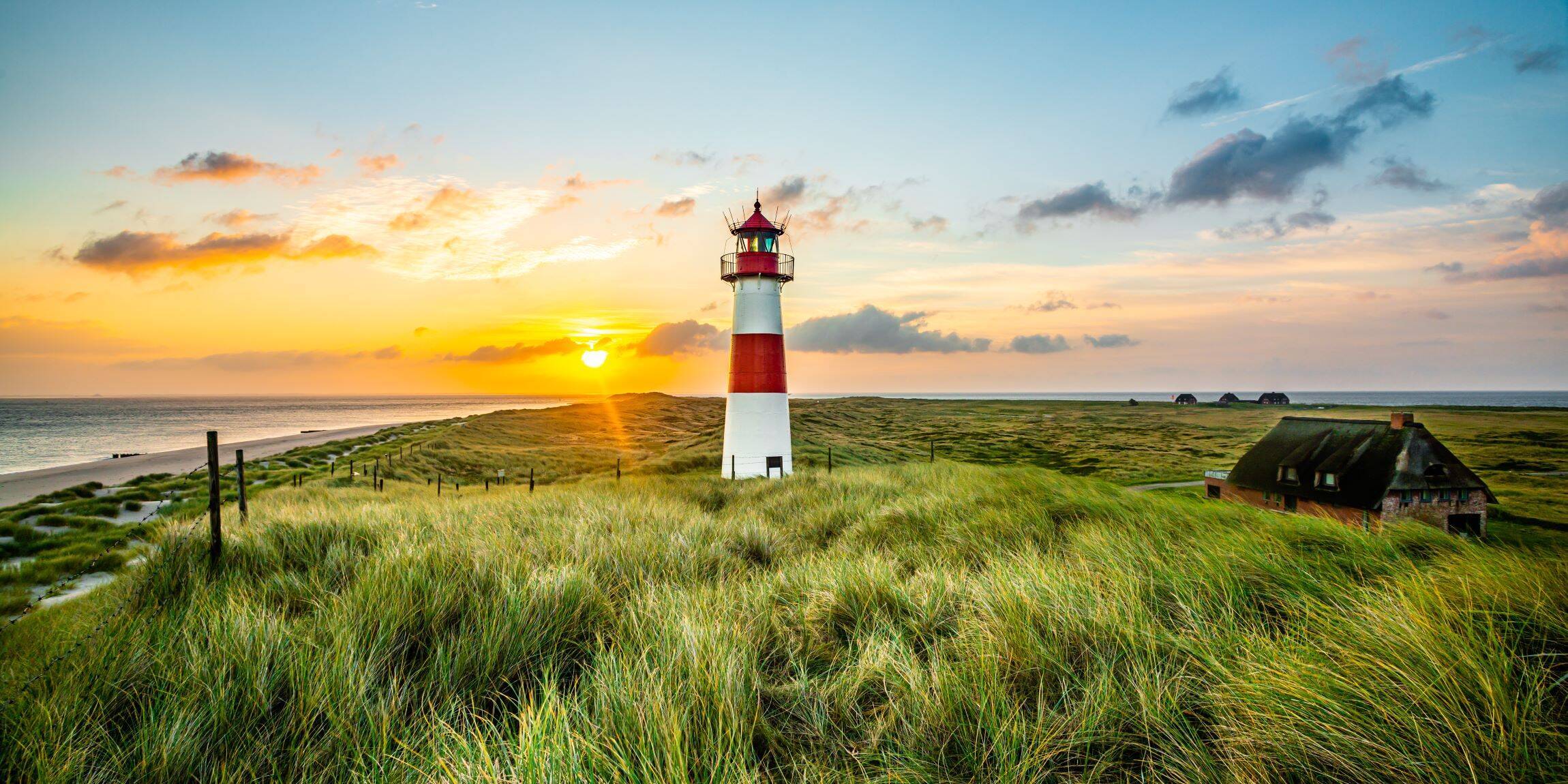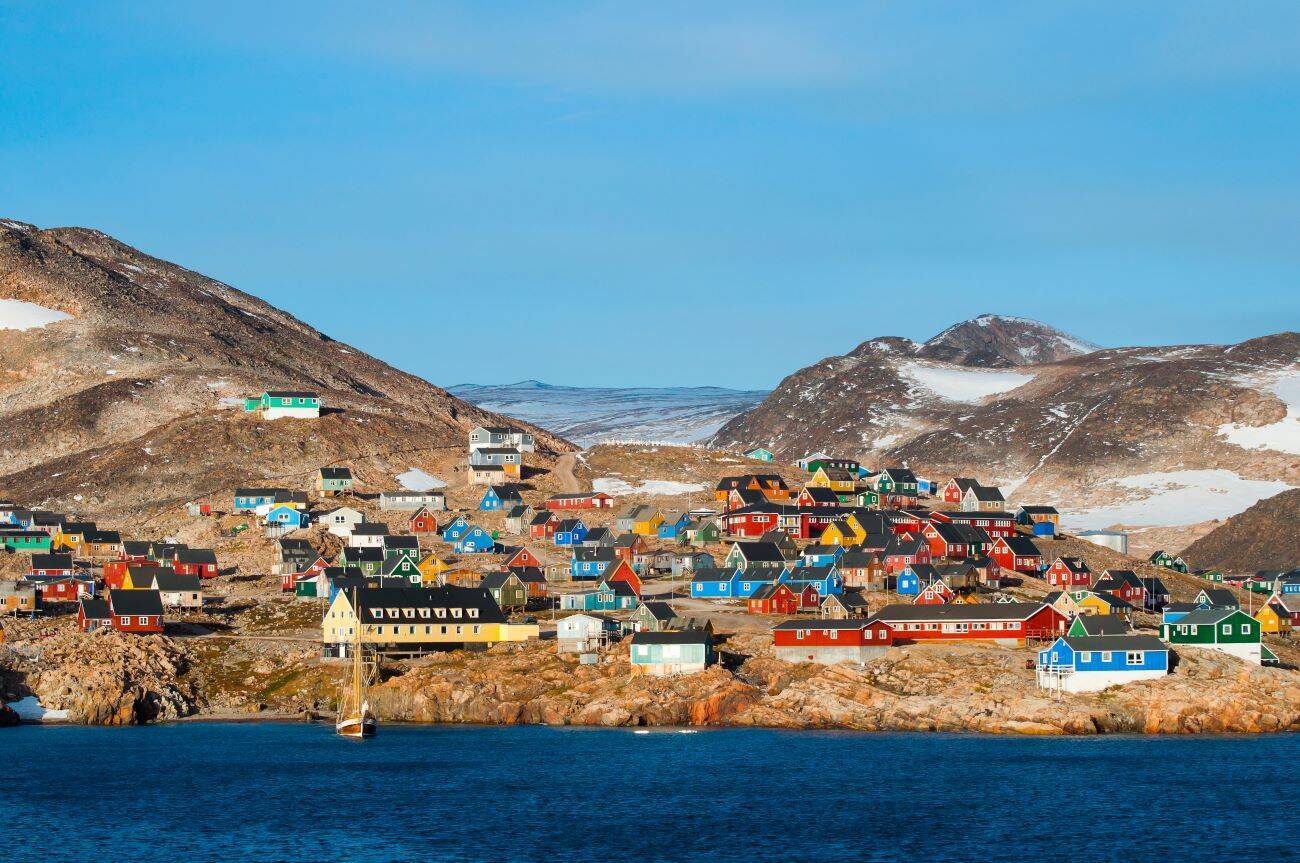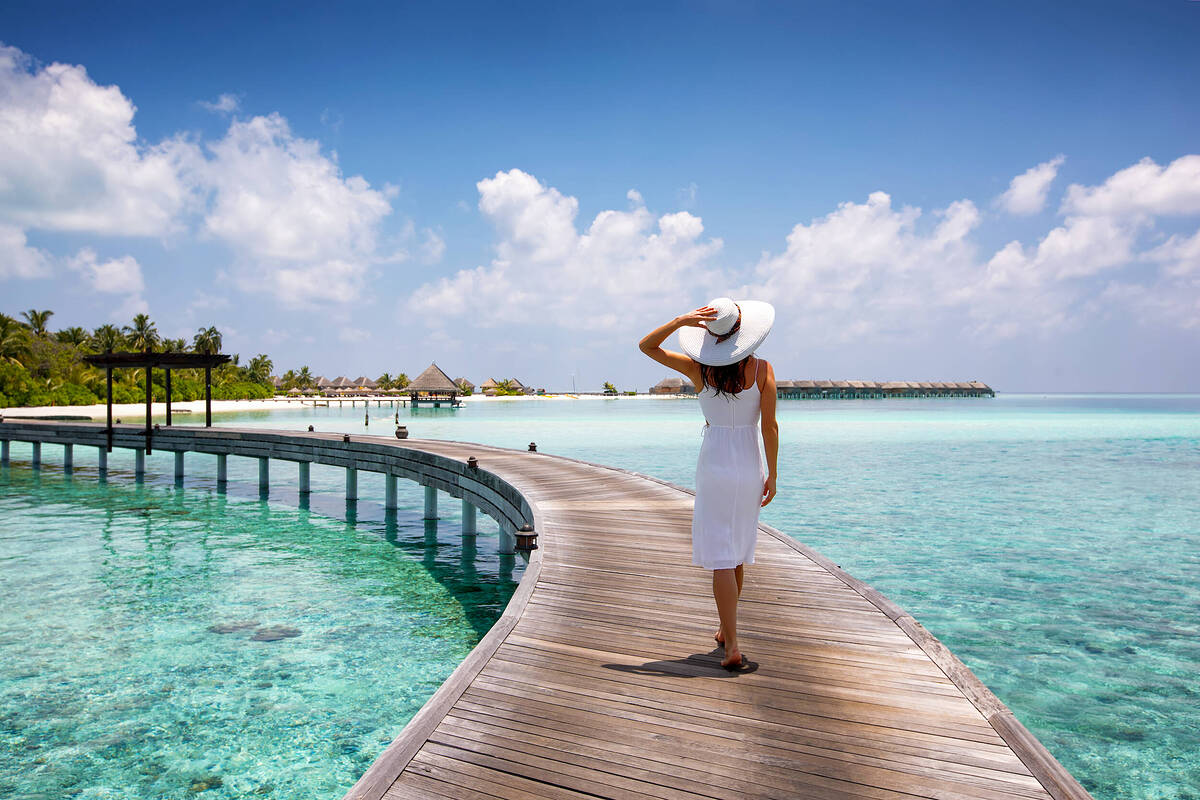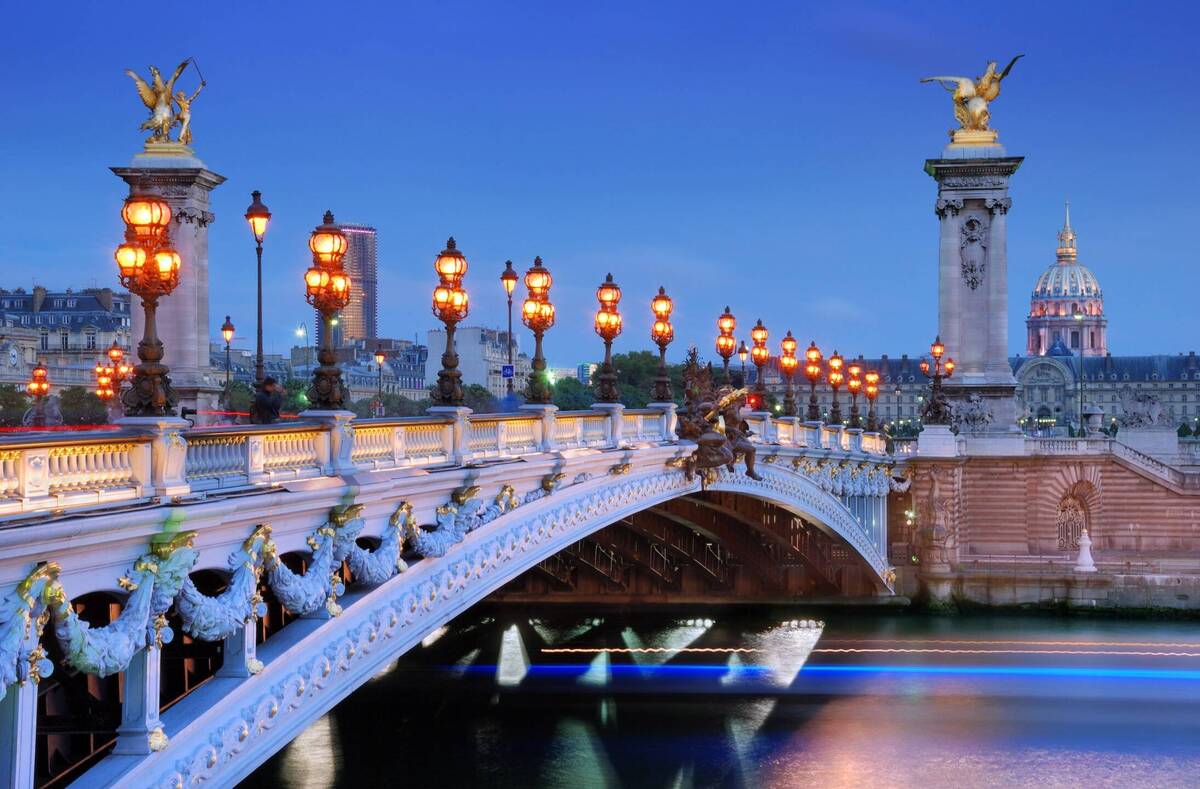The Wadden Sea & The Black Sun
Just a smidge over the German border close to a little town called Tønder an event like no other in Denmark takes place: the Black Sun or Sort Sol — the murmuration of millions of Starlings. This incredible natural event takes place across Europe from England to Norway, but it’s most impressive here on the elusive beaches of the Wadden Sea. For several weeks in both Spring and Autumn, the mass rustle of millions of starling wings blacks out the sun each evening, twisting and turning as though performing some vast Hitchcockian ballet. They dance as a mass of coloured plumage sweeping across the sky, each bird performing frantic swooping combinations — Allégro — that when viewed as this great mass appears as a graceful and seductive slow dance — Adagio — performed by one veteran dancer to the winsome sounds of the sea below. Until finally they land for the evening and viewers are left once again with the last orange-tinted rays of a setting sun.
And while Tønder is often suggested as the best base from which to witness the Black Sun, nearby Højer, a fabulously pretty village of a few thatched-cottage filled lanes and a windmill offers a slightly more reclusive option, and a charming, though at times desolate atmosphere from which to trace the black sun from the village and along the empty country roads that lead to the stunning wetlands of the Wadden Sea.






















Comments